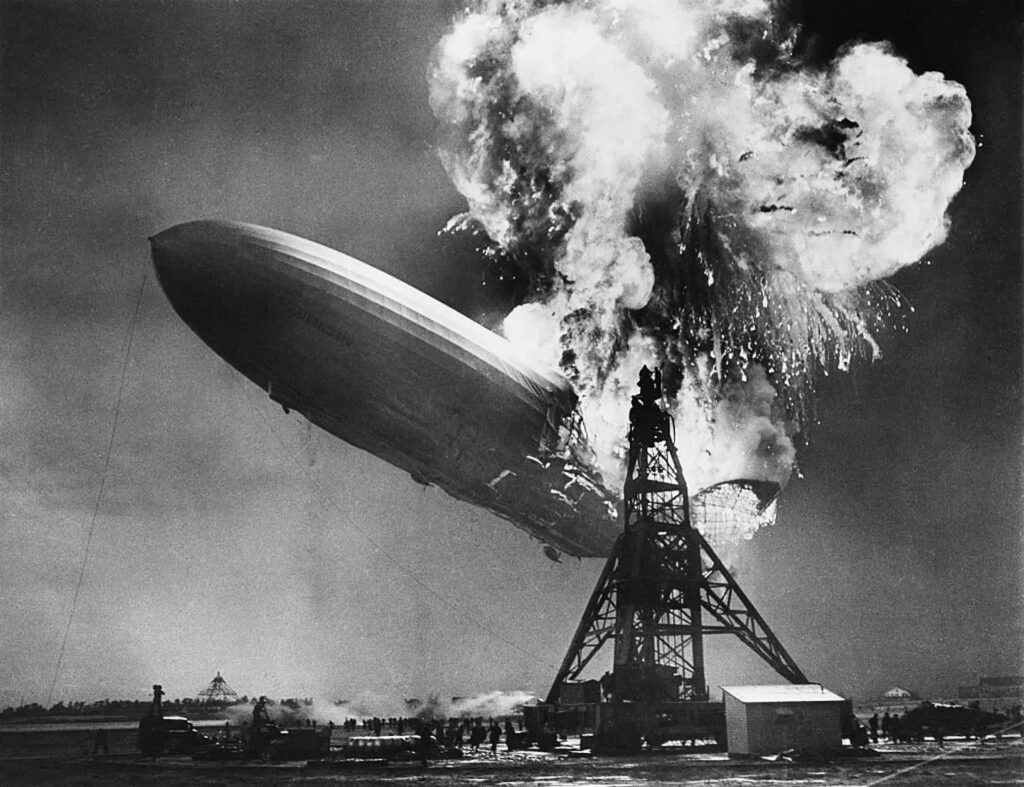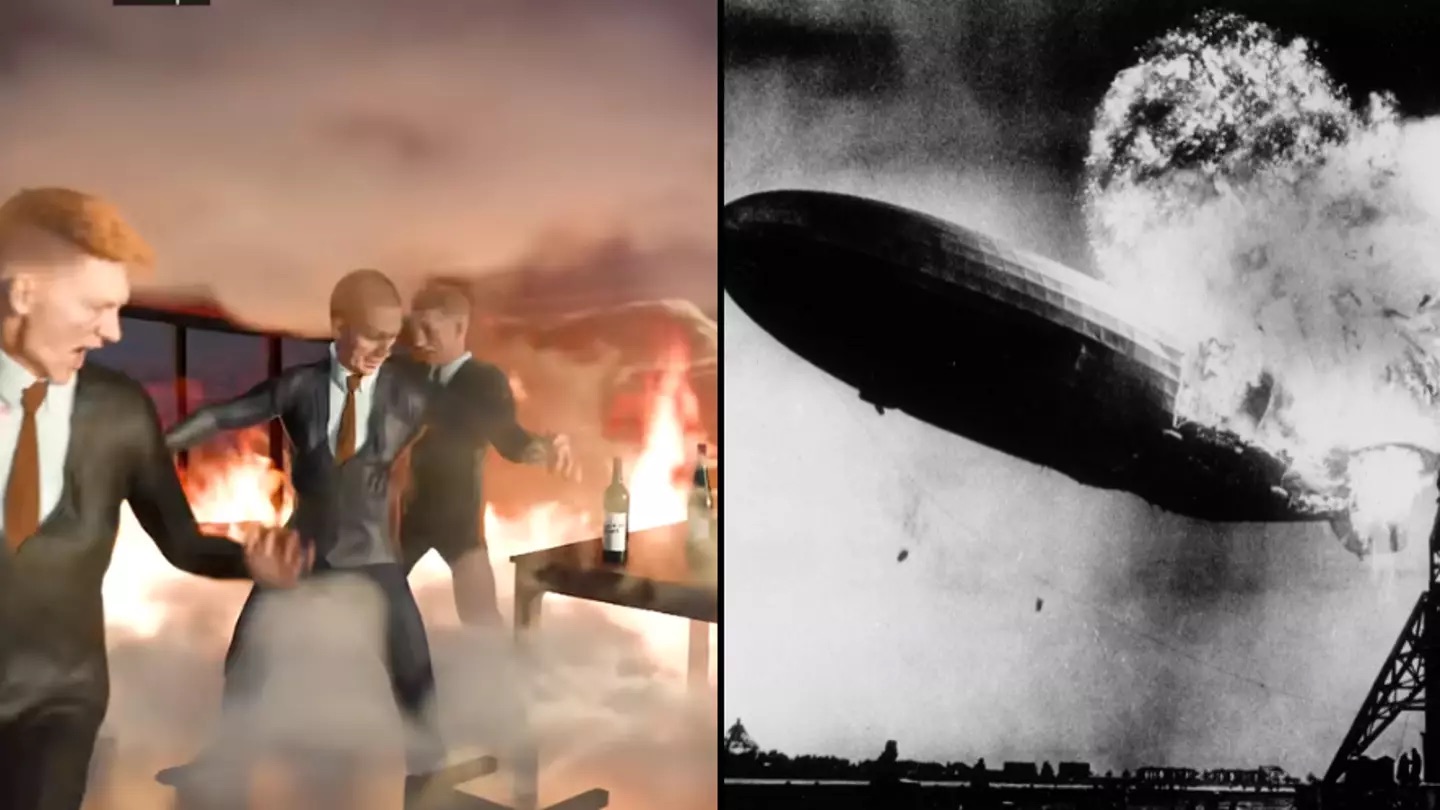On May 6, 1937, the Hindenburg, a massive airship carrying 97 people, was nearing its landing in the US when it suddenly burst into flames and crashed. The disaster, which was filmed and became an iconic image of the 20th century, resulted in the deaths of 35 passengers and one person on the ground as the fire rapidly engulfed the airship.
The flames consumed the Hindenburg in seconds, and a simulation now offers insight into what those aboard experienced. YouTuber Zack D. Films highlighted how some passengers were trapped by the fire, while others jumped from the airship as it was still in the air.
Named after the German general who later became president and failed to stop Hitler’s rise, the Hindenburg disaster fueled conspiracy theories, including suspicions of sabotage or a bomb. However, investigations by both the US and Germany attributed the cause to atmospheric conditions. The Americans suggested a ‘brush discharge’ might have ignited the hydrogen, while the Germans believed a static electricity spark was responsible. Despite differing theories, it is agreed that hydrogen caught fire, and newsreels show the airship burning and crashing in just over 30 seconds.
Most passengers on the airship’s port side survived, while those on the starboard side had fewer chances as the Hindenburg rolled in that direction after crashing.

Although the Hindenburg disaster is the most famous airship accident, it wasn’t the deadliest. Airship travel saw considerable experimentation in the 20th century but was eventually abandoned as a mode of passenger transport. The British R101, once the largest airship before the Hindenburg, crashed on its maiden overseas voyage in 1930, killing 48 of 54 passengers.
The French airship Dixmude exploded mid-flight in 1923, k!lling all 52 aboard, and the American USS Akron was destroyed by a thunderstorm in 1933, resulting in 73 deaths out of 76 crew members. Airships briefly made a comeback during World War II for their effectiveness in defending naval convoys against submarines.
